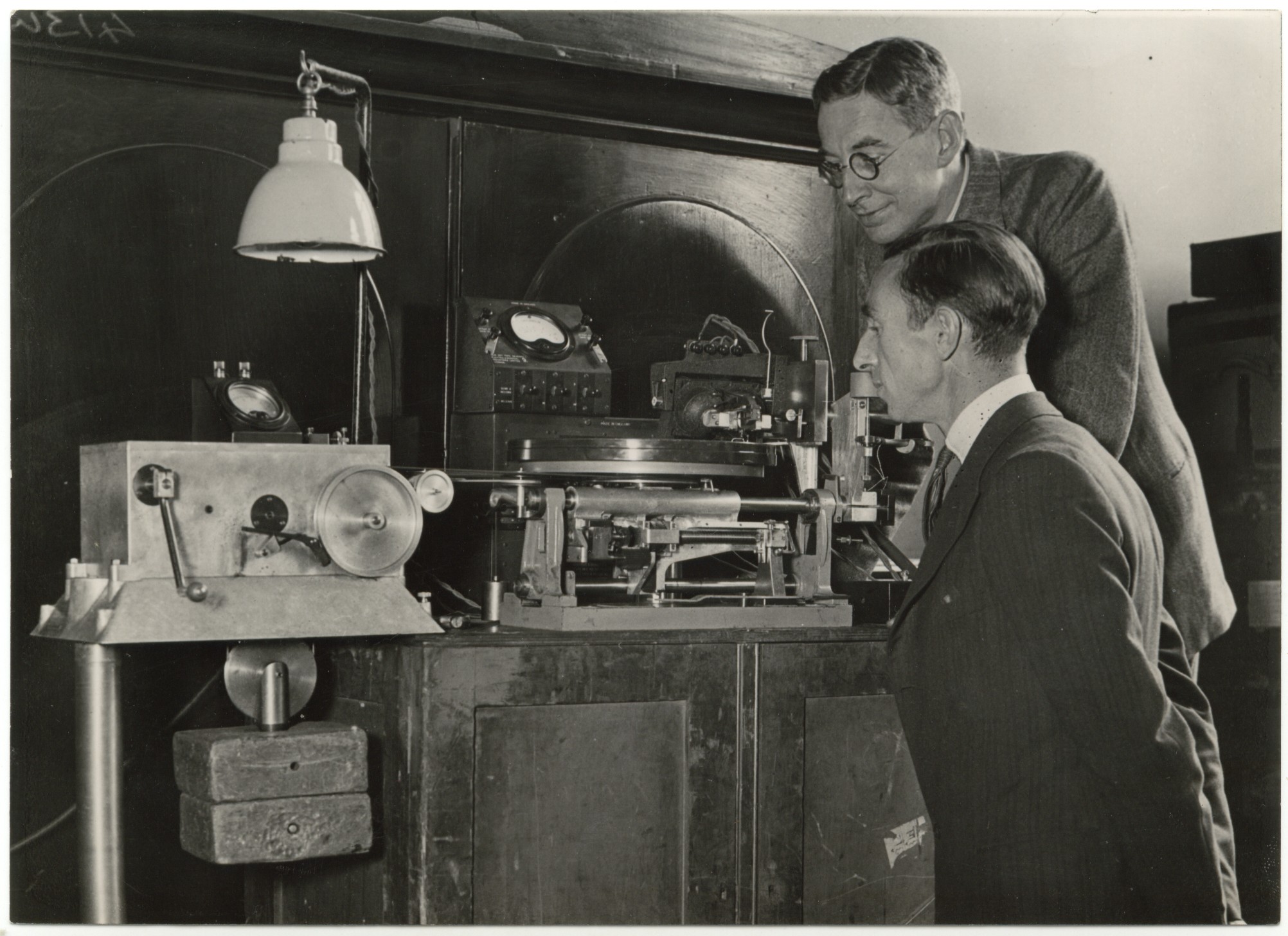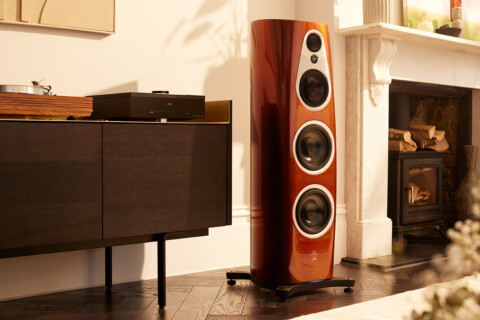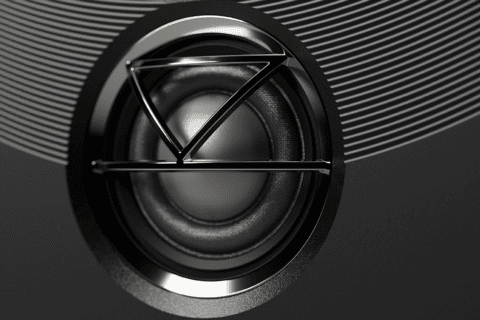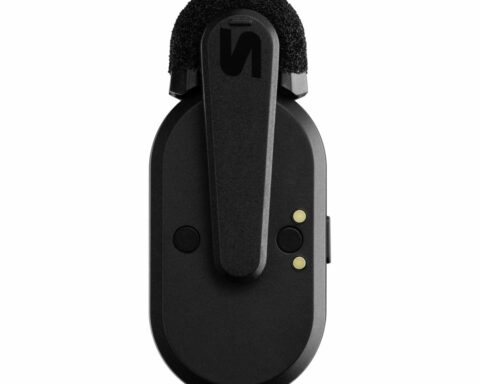What the heck is ‘artisan audio’? DR RICHARD VAREY explains what it is, and why it’s so attractive to a particular kind of hi-fi freak.
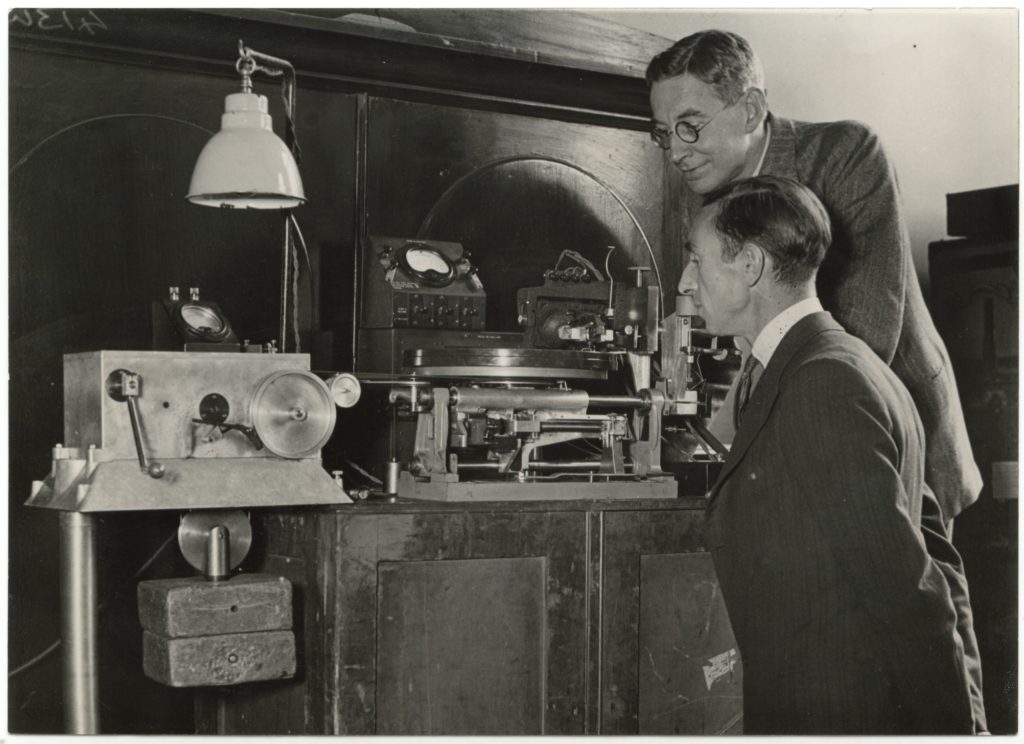 The phrase ‘artisan audio’ pops up so often in hi-fi literature, websites and audiophile forums that I wanted to understand what it’s all about.
The phrase ‘artisan audio’ pops up so often in hi-fi literature, websites and audiophile forums that I wanted to understand what it’s all about.
I’ve a good understanding of both audiophilia and artisanal products, having been a hi-fi and music enthusiast since the early 1970s, and a research-active marketing scholar and educator for more than 20 years, including 12 years as a university professor.
Looking back at the products I’ve auditioned for review, the ones I’ve been most enamoured with are those which have been created through artisan skills and creativity to attain an extraordinary level of performance and value.
 A Wikipedia article defines an artisan (from Italian: artigiano, from Latin: artitus) as a skilled manual worker who makes items that may be functional or strictly decorative.
A Wikipedia article defines an artisan (from Italian: artigiano, from Latin: artitus) as a skilled manual worker who makes items that may be functional or strictly decorative.
Thus, artisan audio is handbuilt, usually by the designer, and is not mass-produced but made in small batches, made-to-order as a customised one-off, or is customisable and upgradable. They carry the name of the creator as the brand. They combine boutique audio engineering with design creativity driven by functionality and craftsmanship. They are made for audiophiles, promising authenticity, so not for the hipster or fashion conscious, nor the casual listener.
Artisan audio products are labour-intensive, honest quality, and distinctive. The makers don’t do much advertising and marketing, relying on word-of-mouth recommendation inspired by character and reputation for excellence. They know who they are making their product for, and often by name.
 I’ve had the pleasure of trying out, and in several cases, incorporating into my daily listening experience, a number of artisan products. They come immediately to mind: Robert Morin’s Lounge Audio phono preamps, Franco Viganoni’s Sachem amplifiers, Simon Brown’s The Wand, Mr Takei’s TakeT supertweeters and Soundstage Activator, Martin Bell’s JAVA preamp, Pal Nagy’s icOn TVC, and John Park’s Arche Audio Opus 5 DACT.
I’ve had the pleasure of trying out, and in several cases, incorporating into my daily listening experience, a number of artisan products. They come immediately to mind: Robert Morin’s Lounge Audio phono preamps, Franco Viganoni’s Sachem amplifiers, Simon Brown’s The Wand, Mr Takei’s TakeT supertweeters and Soundstage Activator, Martin Bell’s JAVA preamp, Pal Nagy’s icOn TVC, and John Park’s Arche Audio Opus 5 DACT.
In each case, the person I associate the product with is not a salesman or PR agent, but an inventive creator. I can talk with them about their design and hi-fi ethos, and about using and tweaking their product, and about possible improvements and developments.
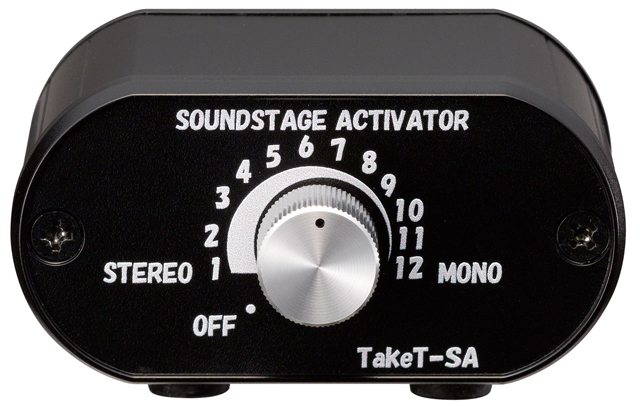 There are a few handmade accessories offered for sale in the ‘audiophile’ section of the creative maker marketplace Etsy, and I sense that they are made with design as the driver, so I don’t count them as artisanal audiophile products.
There are a few handmade accessories offered for sale in the ‘audiophile’ section of the creative maker marketplace Etsy, and I sense that they are made with design as the driver, so I don’t count them as artisanal audiophile products.
Why does artisan audio prosper in a field dominated by big marketing brands? The answer is obvious: true artisan audio is made by artisan audiophiles for audiophiles who appreciate the craft. And that makes the ‘artisan audio’ of the finance-driven corporates look all the more over-priced sham.
* Editor’s note: We’d love to know what our readers think, and whether they agree with Richard’s take on artisan audio.

